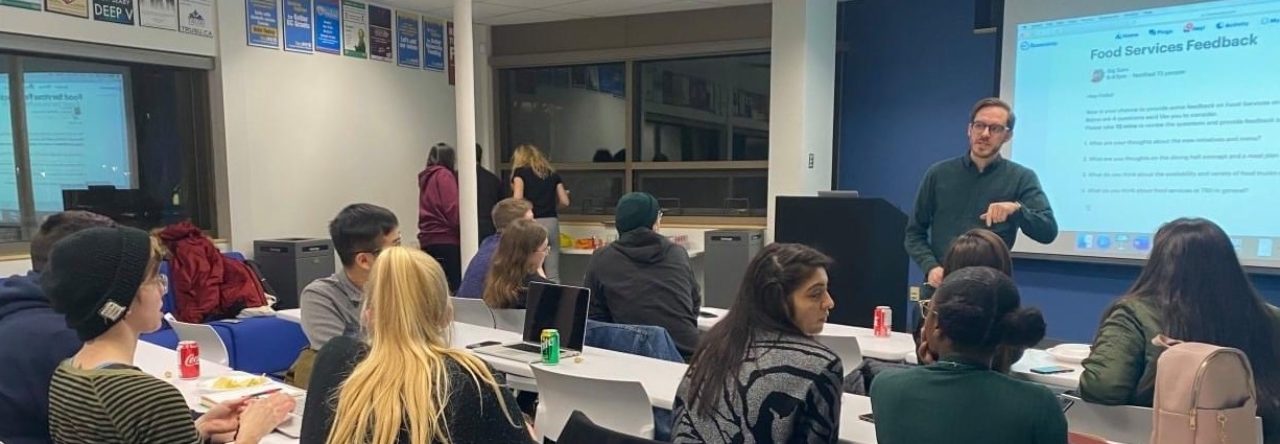I observed a full two hour lesson in the advanced oral communication class that I reflected on in my previous post. This class consists of twelve university students from multiple language and social backgrounds. The speaking focus was debate of issues in art and culture. In this lesson, I appreciated a wide range of techniques that were subtle and unobtrusive but provided important support for lesson momentum, coherence, and value. I also noted challenges where students don’t follow direction, are hesitant to participate, have a wide range of ability in the target skill.
The techniques that I noticed served a range of purposes, and, while some seemed planned, I was impressed that many seemed like intuitive reactions or well-developed habits. For example, to ensure classroom momentum and focus, the teacher provided instructions both verbally and written so students could refer and confirm. For a main debate activity, the teacher reiterated, right before students began, that the purpose they should focus on is speaking as fulsomely as possible to express opinion while the content was secondary. Between activities, the teacher made the change clear and smooth, “Thank you for your presentations. They were very interesting. Now let’s transition to something new.” Finally, when students had technical difficulties with video, the teacher quickly shifted to eliminate “dead space” and loss of energy. For error correction, the teacher used select opportunities to teach a grammar or pronunciation point in a helpful way – i.e. pronouncing sixteen versus sixty or the use of here versus there. A planned classroom management and engagement technique was to assign group work roles (leader, reporter, and devil’s advocate) and set group work rules (videos on and everyone speaks).
On this last technique, however, I noted one of the first challenges. Students in the break-out group I observed did not follow the roles or rules. As a result, the activity had limited value for all four students and two did not speak at all. I, with the teacher’s prior support, participated in the group debate activity to fill in the roles, leading by posing questions or taking contrary positions to spark interaction, but was not very successful. Following group debate activity, groups were asked to report to the full class. The teacher also struggled to prompt some students in this activity. In my previous observation, I noted that the class was early in the term and guessed that comfort would grow. After this observation, I believe a range of ability is also present and poses a greater challenge. While more speaking is likely the best way for students to improve, those with more limited ability are also more inhibited.
This observation made me appreciate the constant presence of the teacher to nudge, focus, and tease out learning without being overbearing. This appears to be combination of preparation and intuitive skill. The additional challenges of classroom management in a virtual setting and accommodation of heterogenous learners creates an impressive set of demands.


Leave a Reply